Updated: Intel Cans Xe-HP Server GPU Products, Shifts Focus To Xe-HPC and Xe-HPG
by Ryan Smith on November 1, 2021 10:30 PM EST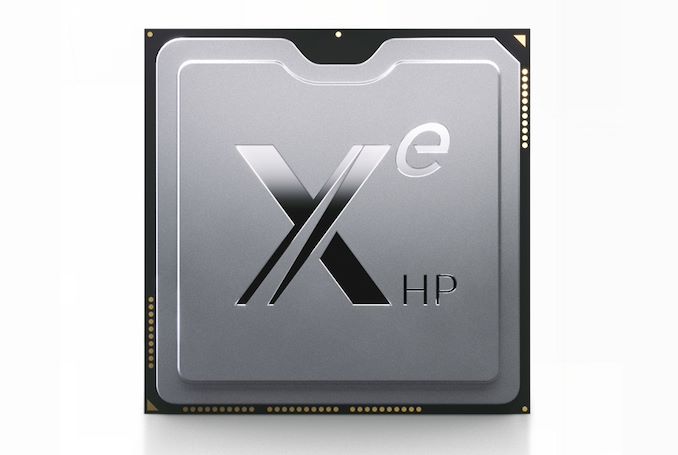
Update 11/01:
In an additional tweet posted over the weekend by Raja Koduri, the Intel GPU frontman confirmed that Intel will be bringing products based on their Xe-HPG architecture to the server market.
We leveraged Xe HP to build developer ecosystem for HPC, AI and Visual cloud. It’s being used on-site at Argonne and other customers.
— Raja Koduri (@Rajaontheedge) October 30, 2021
We’ll have Xe HPG based data center products for visual cloud/AI Inference and Xe HPC based products for HPC/AI Training @intelgraphics pic.twitter.com/iHZa2dMLqd
Painting very broad strokes here from a 280 character announcement, it sounds like Intel will take a very similar tack as NVIDIA for their initial generation of products. That means offering Ponte Vecchio (Xe-HPC) for HPC and high performance AI training, while using the Alchemist (Xe-HPG) products for less intense/more scalable tasks such as AI inference and server-based graphics. All of which leaves me even more curious if Intel has retained Xe-HP’s tile capabilities for Xe-HPG.
With his tweet, Koduri also included a slightly updated version of one of Intel's Xe-HPG slides, which now includes the server graphics role.
Original Story (10/29):
In a tweet published yesterday afternoon by Raja Koduri, Intel’s SVP and GM of the Accelerated Computing Systems and Graphics (AXG) Group, the GPU frontman revealed that Intel has dropped their plans to bring their Xe-HP series of server GPUs to the commercial market. Citing that Xe-HP has evolved into the Xe-HPC (Ponte Vecchio) and Xe-HPG (Intel Arc) families within Intel’s GPU group, the company seemingly no longer sees a need to release a second set of server GPUs – at least, not something based on Xe-HP as we know it.
We deployed Xe HP in our oneAPI devcloud and leveraged it as a SW development vehicle for oneAPI and Aurora. We currently don’t intend to productize Xe HP commercially, it evolved into HPG and HPC that are on general market production path
— Raja Koduri (@Rajaontheedge) October 28, 2021
Also known by the codename Arctic Sound, Intel’s initial family of server GPUs has been the most visible product under development from Intel’s reborn GPU group. Koduri frequently showed off chips housing the silicon as it was brought-up in Intel’s labs. And, Xe-LP/DG1 excepted, this was the first high-performance Xe silicon that Intel developed. Notably, it was also the only high-performance Xe silicon slated to be manufactured by Intel; Xe-HPC’s compute tiles and Xe-HPG dies are both being built by TSMC.
We haven’t heard much of Xe-HP this year, and in retrospect that was a sign that something was amiss. Still, as of year Intel had been showing off Xe-HP demos with performance as high as 42 TFLOPS of FP32 throughput. And in November the company announced that Xe-HP was sampling to select customers.
But, as it would seem, Xe-HP just isn’t meant to be. For 2021 Intel has been focused on getting Ponte Vecchio assembled for the Aurora supercomputer (and eventually other customers), as well as bringing up the Xe-HPG Alchemist GPU family for Q1 of 2022. According to Koduri, Xe-HP has been leveraged as a development vehicle for Aurora and Intel’s oneAPI – so it hasn’t gone unused – but that’s as far as Xe-HP has made it.
For now, the cancellation of Xe-HP raises some big questions about Intel’s server GPU plans. Xe-HP was intended to be the backbone of their server efforts, utilizing a scalable design that could range from one to four cores to serve datacenter needs ranging from compute to media processing. Between Xe-HP and Ponte Vecchio covering the very high end of the market (e.g. HPC), Intel was slated to develop a potent slate of parallel processors to compete with market-leader NVIDIA, and offer traditional Intel customers a GPU option that let them stay in Intel’s ecosystem.
At this point it’s not clear what will fill the void left by Xe-HP in Intel’s product stack. Ponte Vecchio is in production now, and judging from Intel’s revised Aurora figures, is performing better than expected. But the massive chip is expensive to build – at least in its current configuration. And while Xe-HPG could be called up for server use next year, unless Intel is able to tile it like Xe-HP, they won’t be able to offer the kind of performance that Xe-HP was slated to deliver.
Equally nebulous is a full understanding of why Intel opted to cancel Xe-HP. With the silicon already up and running, canceling it certainly sets back their server GPU plans. But as AMD has already begun rolling out their new CDNA2 architecture-based server GPU products, and NVIDIA is likely aiming for some kind of refresh of their own in 2022, there’s certainly the question of whether Xe-HP was simply too late and/or too slow to compete in the server market. Coupled with that, it’s the only lineup of high-performance Xe parts that Intel was fabbing themselves, using the 10nm Enhanced Superfin process (now referred to as Intel 7).
In any case, Intel is clearly not giving up on their plans to break into the server GPU market, even if pieces of that plan now need to be rewritten. We’ve reached out to Intel for additional details, and we’ll update this story further if Intel releases a more detailed statement on their server GPU plans.
Source: Raja Koduri (Twitter)


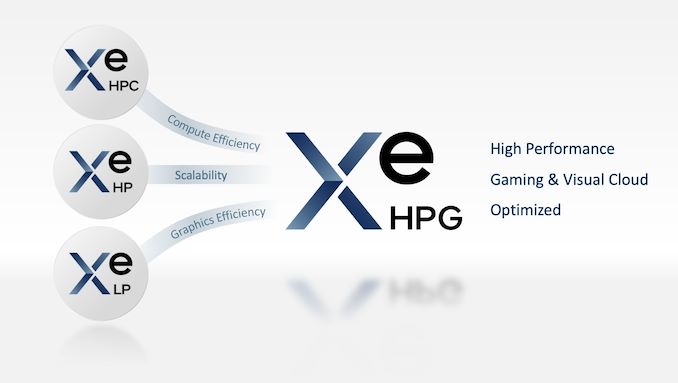
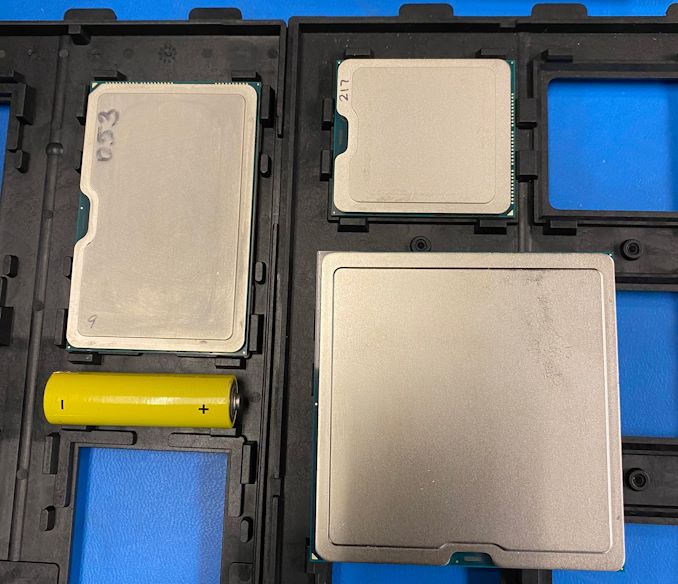
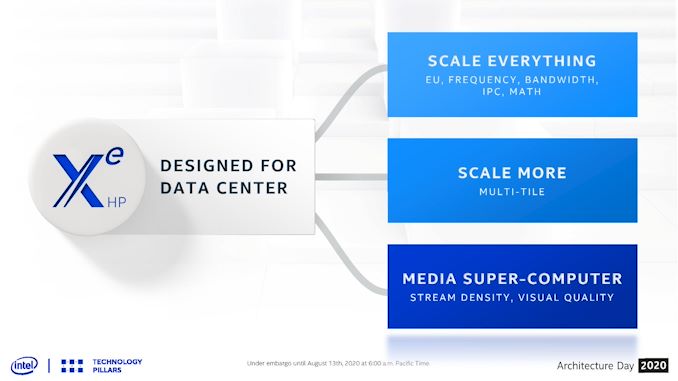
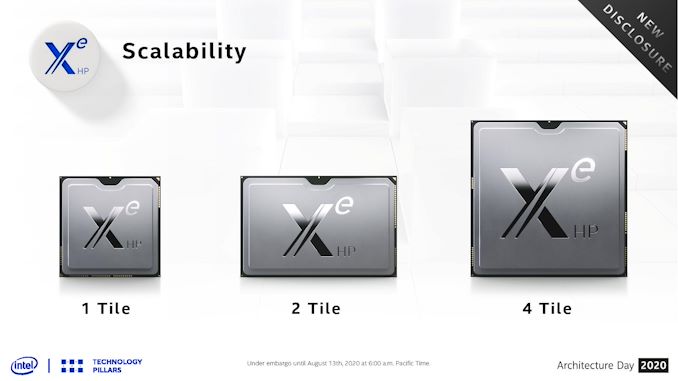









47 Comments
View All Comments
Yojimbo - Friday, October 29, 2021 - link
The server market operates on longer timescales than the graphics market or the HPC market. NVIDIA is still selling T4s and V100s in servers. Providing they had the software in place, Intel could still get their foot in the door with hardware about to be surpassed.Most likely, the reason the HP dies have been cancelled is because it's a lot harder to productize in the commercial data center space than in HPC or gaming. HPC mostly uses compiler directives for parallelization with critical pieces written in native code. Gaming relies on well-tuned drivers, but outside that it is mostly standard APIs. Commercial data center GPU compute, however, relies on tools and libraries that NVIDIA have built up over years. Customers just showed no interest in committing to Intel's OneAPI in any commercially-viable way because it would have cut their productivity severely. Intel needs to 1) prove they have a stable roadmap and 2) invest in a buildout of OneAPI first, then attract customers afterwards. They can't just build a piece of competitive hardware, a la their HP die, and expect to sell it, even if it were faster than NVIDIA's hardware coming out a few months later. The fact that it's likely slower than NVIDIA's hardware coming out a few months later is just adding dirt to the early grave.
Yojimbo - Friday, October 29, 2021 - link
By longer timescales I mean the sales of a particular architecture last longer. Supercomputers are being built with the A100. If it weren't for the supply shortage we wouldn't have new 20 series cards hanging around except for the low end of the market. But people still build servers with the previous generation data center GPU well after the new one is released.ksec - Friday, October 29, 2021 - link
Unpopular opinion, this is feeling very old AMD again. Where are the products ?To this day I still dont understand why Raja Koduri gets all the hype like Jim Keller. We are soon 2022, and not a single discrete GPU out. Even Alder Lake is shipping.
regsEx - Saturday, October 30, 2021 - link
There is a one. HPG are slated for Q1 2022. They depend on how TSMC ramping up N6 production capability.mode_13h - Sunday, October 31, 2021 - link
DG1 launched exactly a year ago, and the Xe GPUs are also included in Tiger Lake and Alder Lake.As the article said, Xe-HPC is shipping to select customers (e.g. Aurora), so that's another.
I'm not trying to defend Raja, so much as establishing the facts. I'm very much waiting to see how Xe-HPG (DG2) does. I think that and its successor will strongly suggest whether Raja has had a positive or negative impact on Intel's GPU group.
Frenetic Pony - Saturday, October 30, 2021 - link
I never got why they needed that many product lines. Neither Nvidia nor AMD have multiple "fill in the blanks" like that. There's no need. Either you go consumer, or you go for AI/HPC and go as big as possible. The "inbetween" doesn't exist enough to justify investment, especially when specialized silicon like Google's video encoder already exist for the biggest potential customers, and so there's not a lot of point.Yojimbo - Saturday, October 30, 2021 - link
Intel didn't go "in between" gaming and data center. It went "as big as possible" with HPC and "normal" with HP. Intel's HPC "product line" (if you can call it that) is like a feast one makes for a king on his coronation. It has 47 active tiles. It uses both foveros and emib packaging technologies. It's using the TSMC's 5 nm process long before anyone else is using that for high powered chips. There's no way it can be scaled back to be a normal "HP" chip and still be considered the same product line. It makes sense for Intel to split the HPC and HP line because it wouldn't have much sales of a "normal" data center GPU, anyway. Just like AMD has never had much data center GPU sales despite having "normal" data center chips for years.mode_13h - Monday, November 1, 2021 - link
Nvidia and AMD have basically 2 product lines.For Nvidia, the P100, V100, and A100 accelerators are their high-end machine learning & HPC offering. For AMD, their MI100 and MI200 CDNA-based products slot into basically the same tier.
Below that, they each have the gaming-oriented chips, which do double-duty being rebranded for workstations and servers.
So, you're right that Intel *was* the odd one, for having a 3rd tier that's its own distinct silicon.
I wasn't aware of Google's custom video encoding silicon. I guess it's called "Argos"? I find it surprising they found so much benefit vs. Nvidia or Intel that they deemed it worthwhile to make their own.
Yojimbo - Tuesday, November 2, 2021 - link
To get a clearer picture, consider the actual products instead of counting the number. Intel is now more of the odd one out, for now, because it is using the same architecture for its gaming and data center lines, whereas AMD and NVIDIA each have some separation between their data center chips and their gaming chips (RDNA/CDNA for AMD and the x100/all other GPUs for NVIDIA). I'm assuming Intel does not have FP64 on their HPG chips so one thing this means is that Intel's data center chips won't have FP64 (which isn't that big of a deal. the market for FP64 outside HPC seems to be small). Another oddity that was already there for Intel is that their data center and HPC chips have ray tracing. Both AMD and NVIDIA are using the same architecture for their data center and HPC chips, whereas Intel is using a different one. That oddity was there for Intel previously to this announcement and has not changed.Zoolook - Saturday, October 30, 2021 - link
It feels processrelated.Could be that they don't have enough wafers to dedicate, they would prioritize CPU's on their own process since they are selling as much as they can produce and by buying more wafers from TSMC they are effectively squeezing AMD in production resources.
For the moment it seems they are not competing directly with AMD on TSMC wafers, but they are limiting AMD's way forward, depending on sales and which volume they are buying of course.